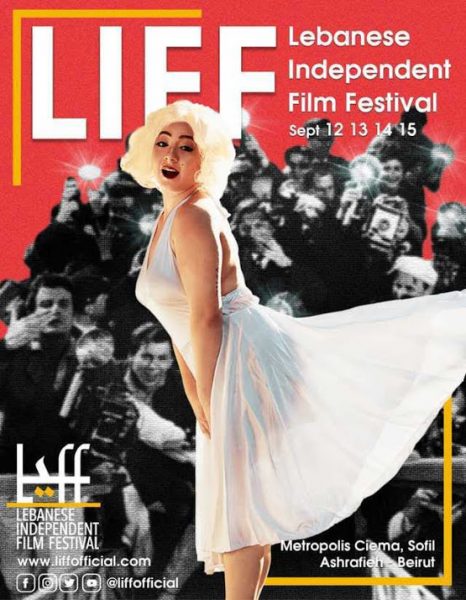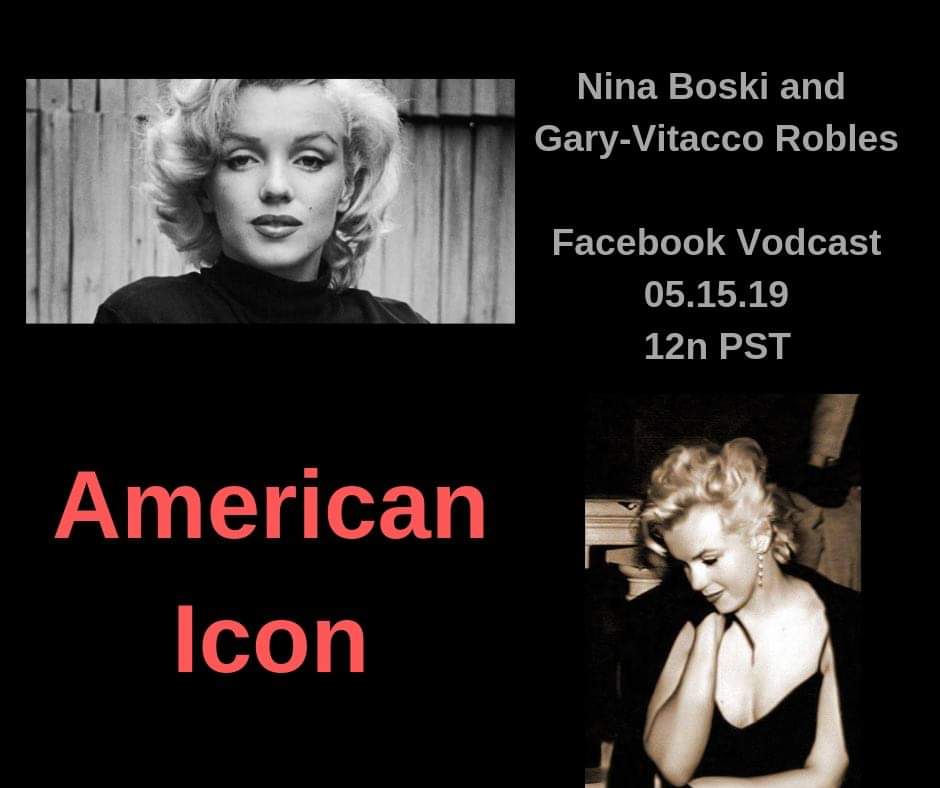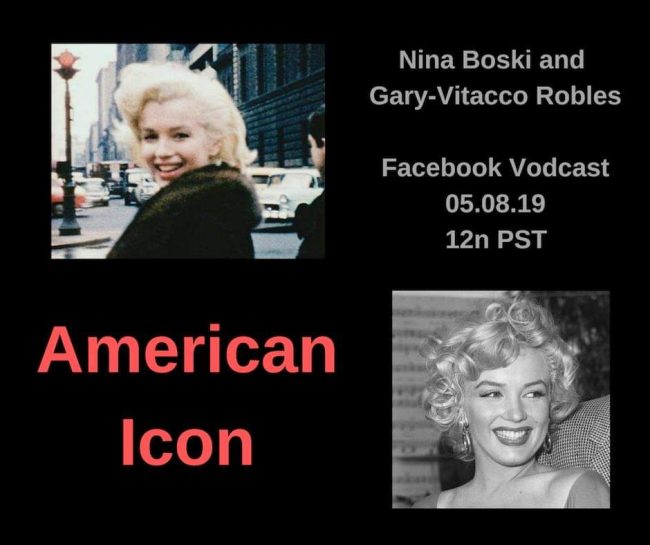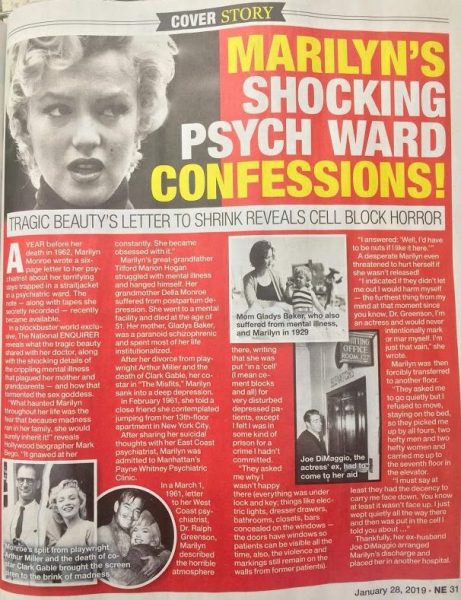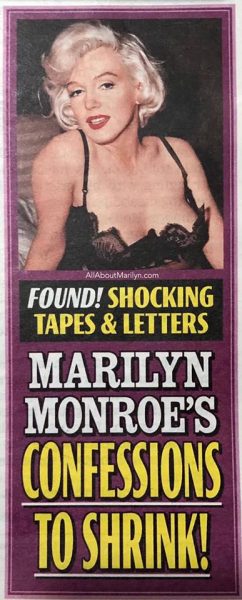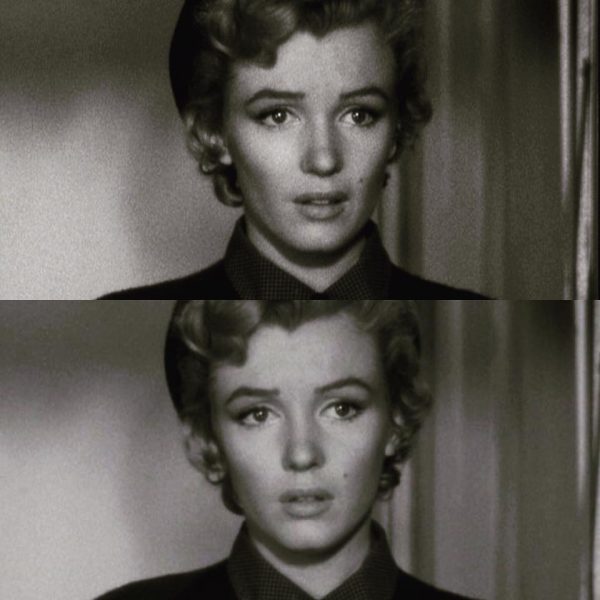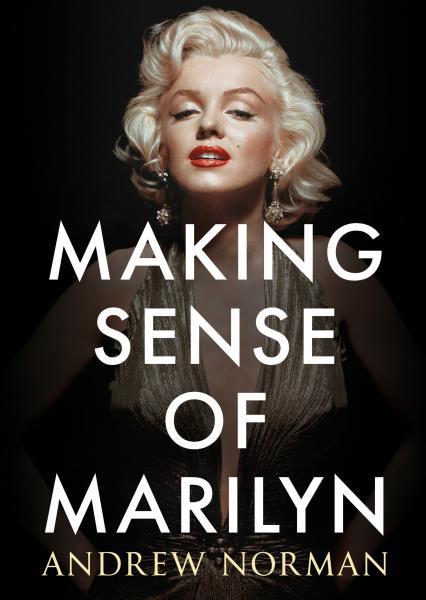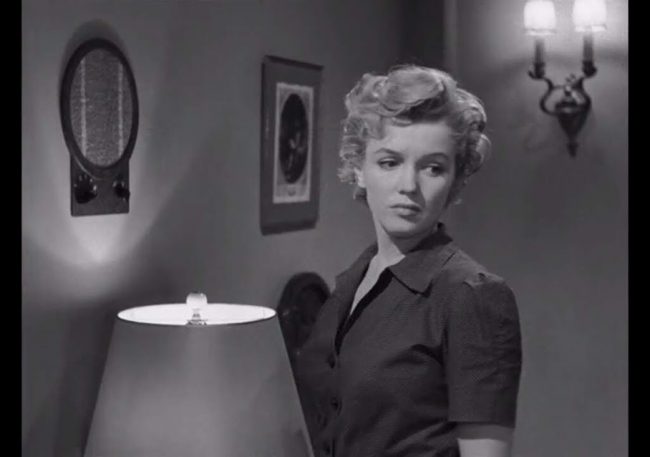
As Jake Dee reports for Screen Rant, the top-ranking Marilyn movie on user-led review site Rotten Tomatoes is not one of the more famous comedies, but her early dramatic role in Don’t Bother to Knock, reviewed here by film blogger Wess Haubrich.
“One huge reason Marilyn rocked my world as a lover of film, is that I myself have struggled with depression … I identify with her struggle with mental illness (read a heart-breaking letter she wrote about her time in a psychiatric ward here) — the seed of which was likely planted long before her stardom: her mother was not in her life as she was diagnosed with paranoid schizophrenia and spent much time in and out of hospitals, and virtually none with her daughter — because I too have been there, in that deep, dark, blacker-than-the-deepest-black hole.
1952’s Don’t Bother to Knock (based upon the 1951 novel Mischief by Charlotte Armstrong) hits on those fronts and is also, in my view, Marilyn at her most visibly delicate, at least early on in the film. The film is 66 years old this August.
We see Marilyn Monroe in the role of the fragile Nell Forbes, new to Manhattan and recruited by her uncle Eddie, who is an elevator operator in a ritzy hotel in the city, to babysit for an affluent couple … [the] tension in Nell Forbes’ unfolding psychosis is made all the more palpable because Marilyn Monroe’s performance feels like it reaches into the pit of her soul and her struggle with mental illness.
In the screen test for her role, Monroe stayed up for 48 hours straight training hard with her acting coach Natasha Lytess (much in the way of rumor circles the two women), even disobeying direct orders not to sneak Lytess on to the soundstage during her screen test, despite Monroe’s notoriously insecure nature at this point in her career. This gamble she took to get her first starring role in feature film paid off with a successful test, and Zanuck himself sent her a note of congratulations.
Don’t Bother to Knock was unjustly lampooned by the critics when it was released. Marilyn Monroe’s performance is truly something to behold, despite the low budget B-Picture trappings surrounding the film itself. It is a fine contribution to the canon of both film noir and B-Movie history.”
Thanks to A Passion for Marilyn

